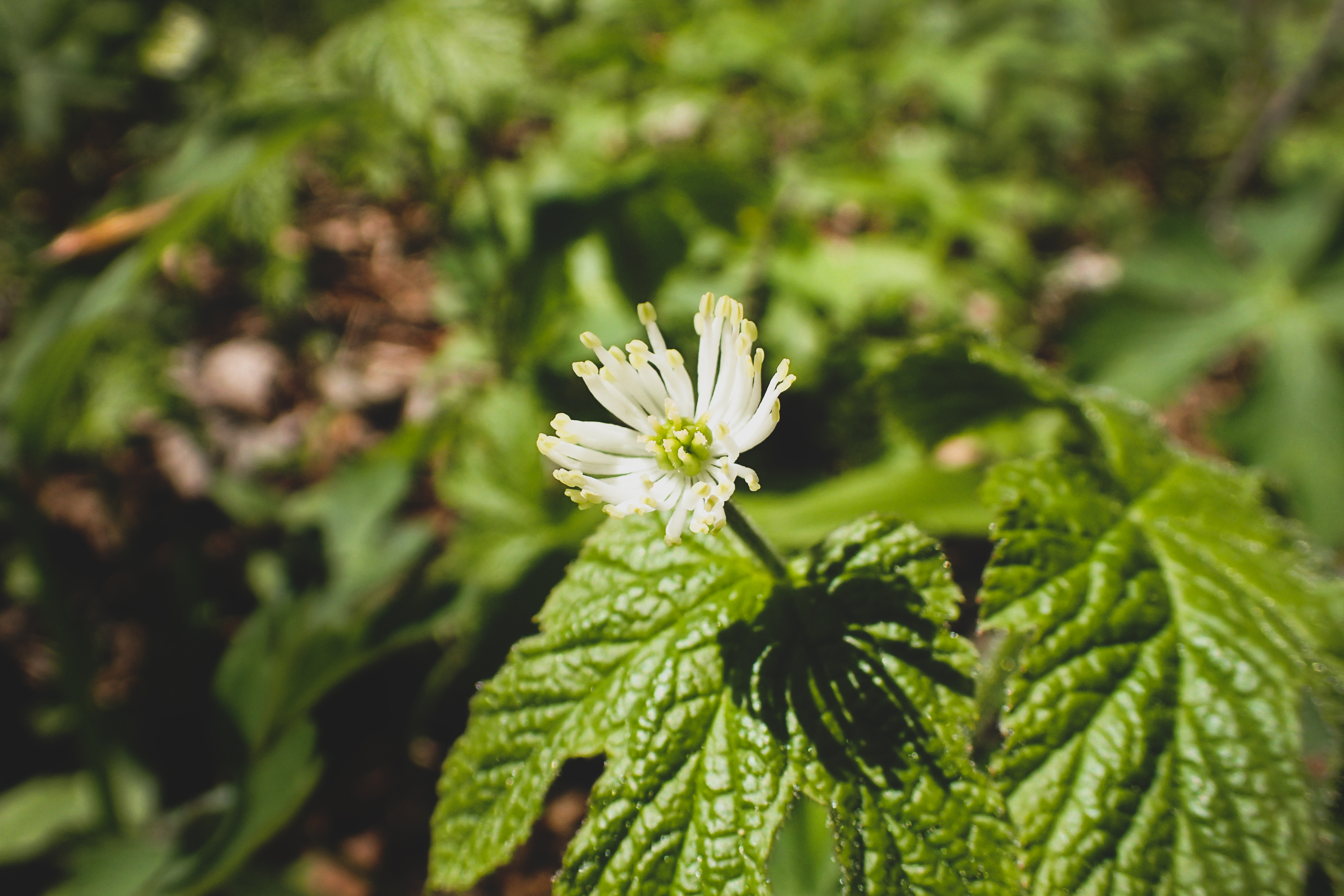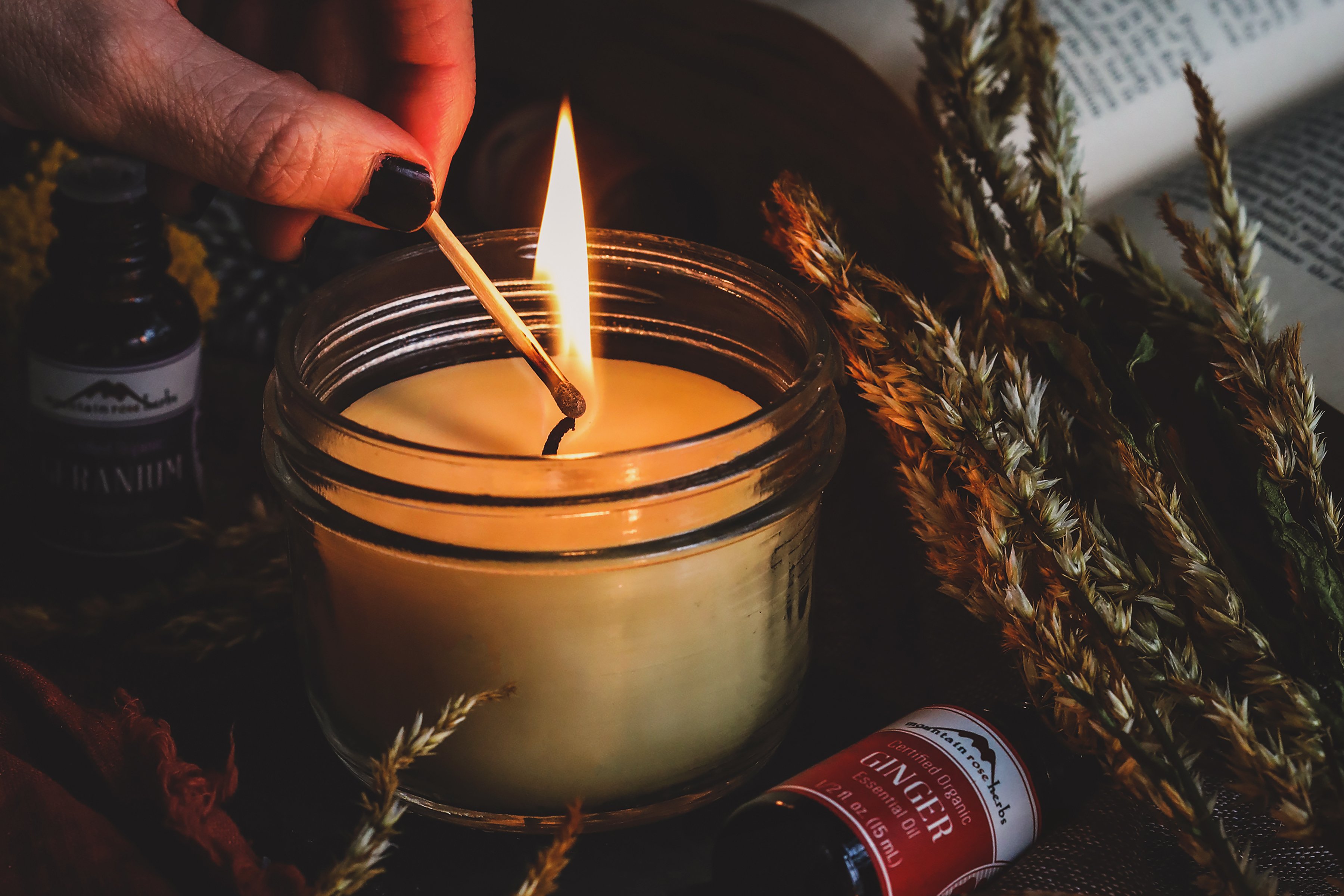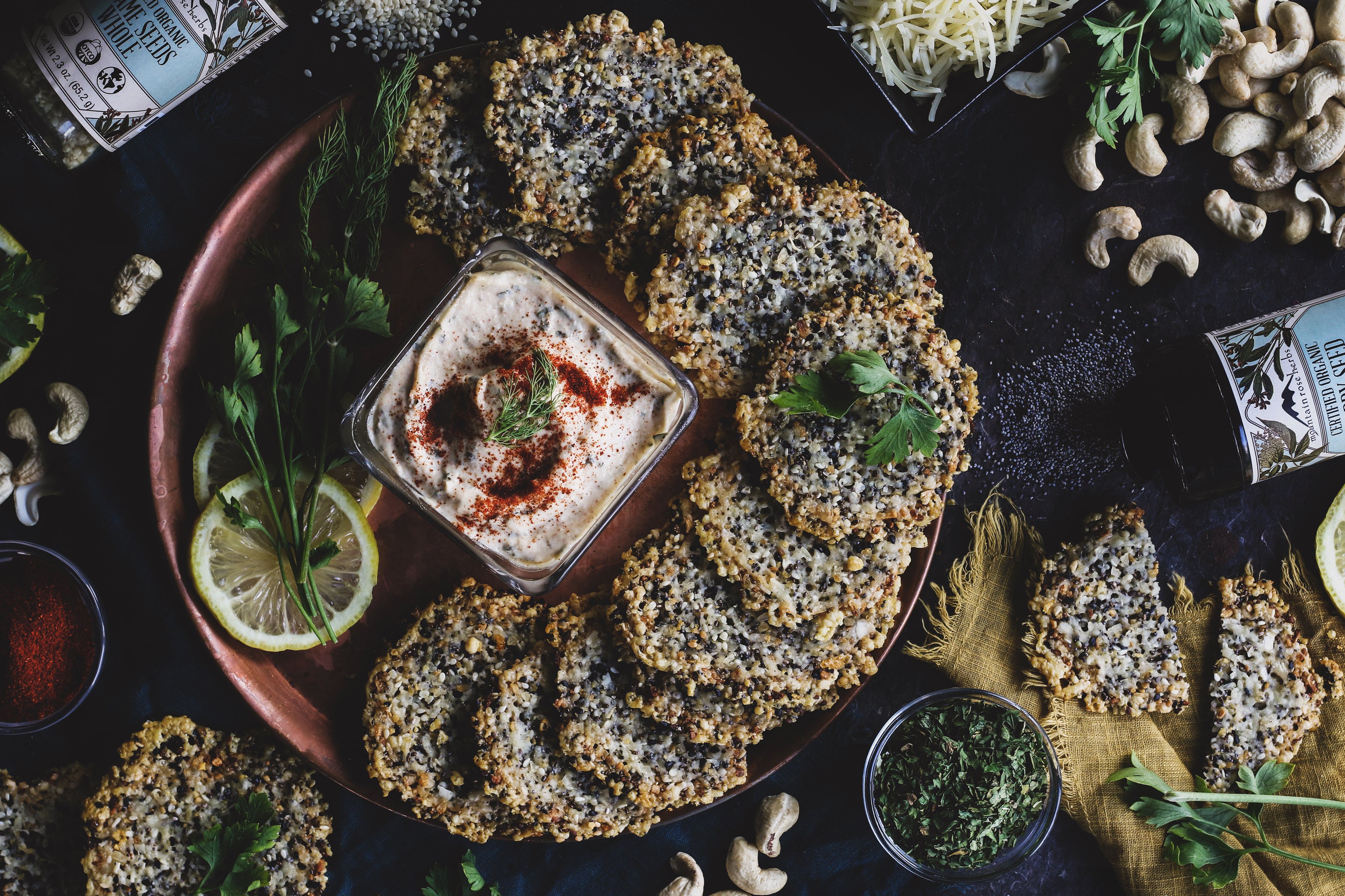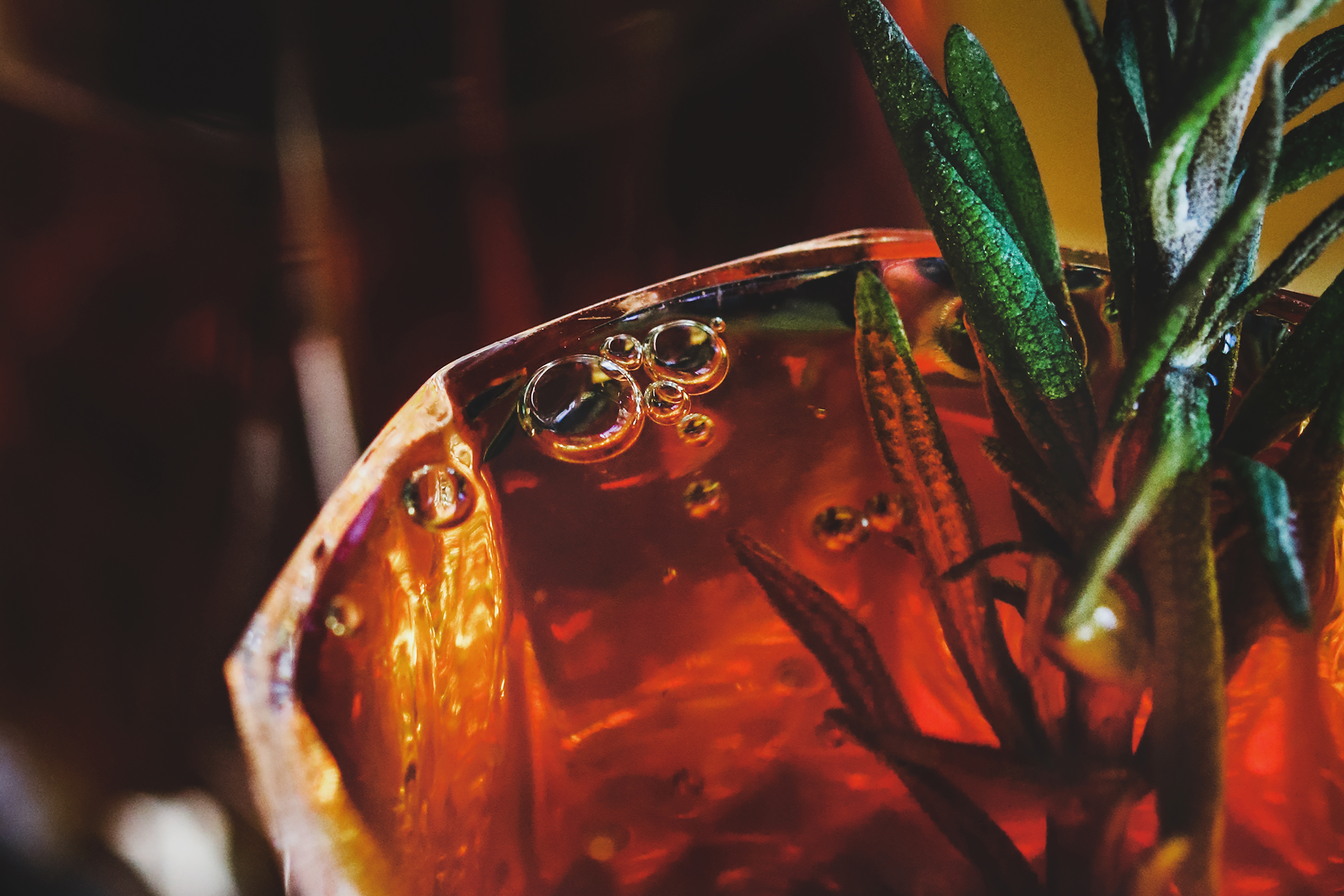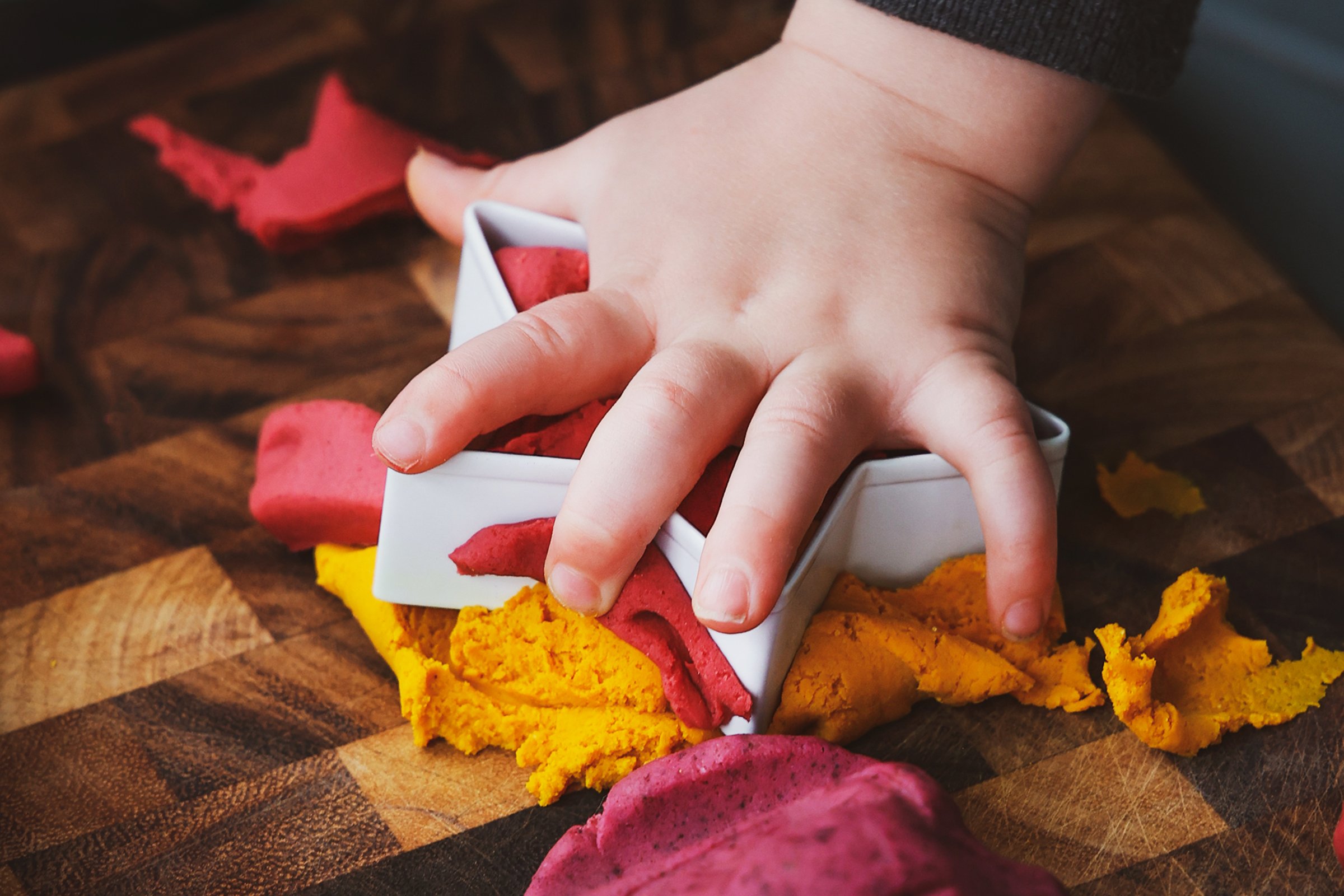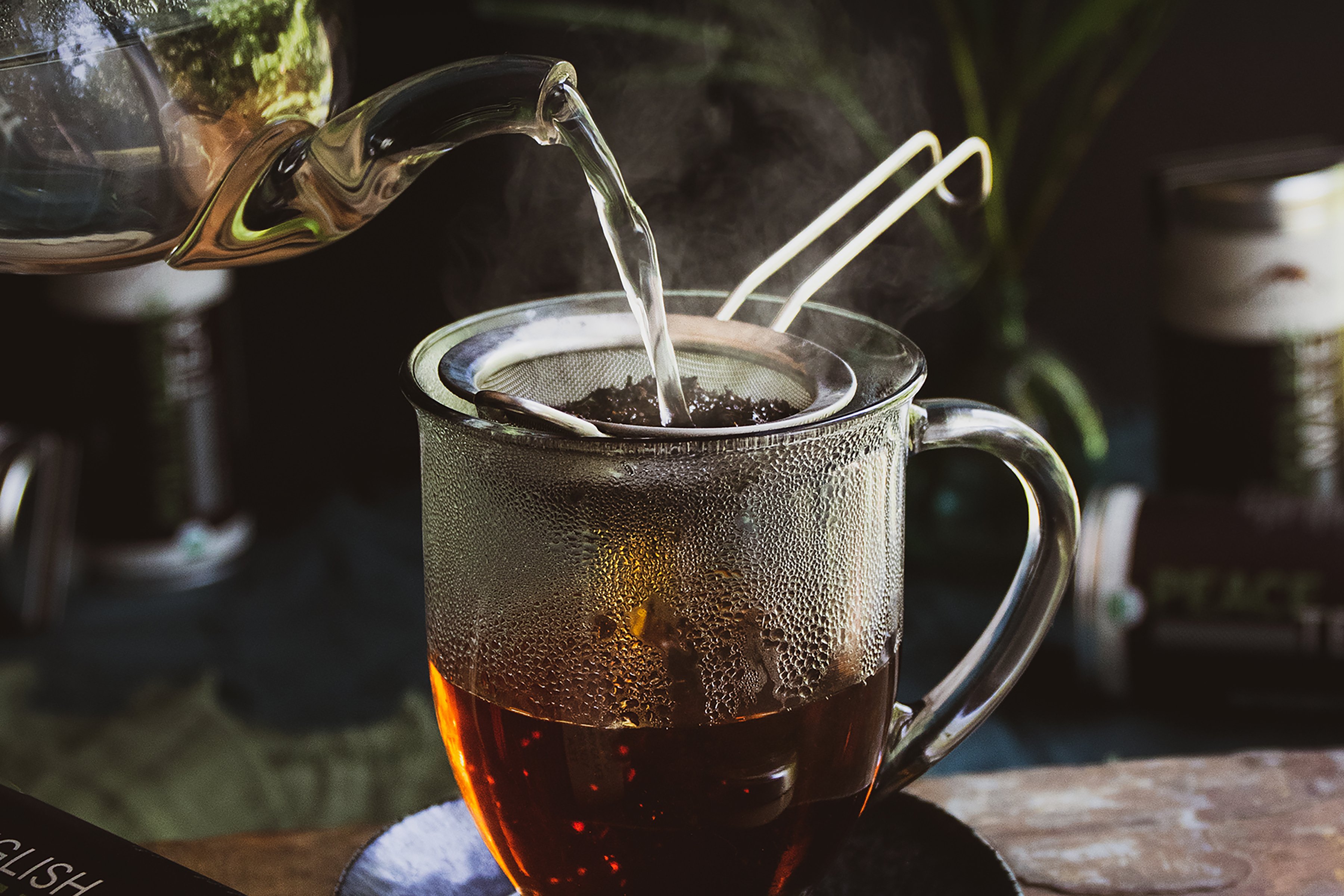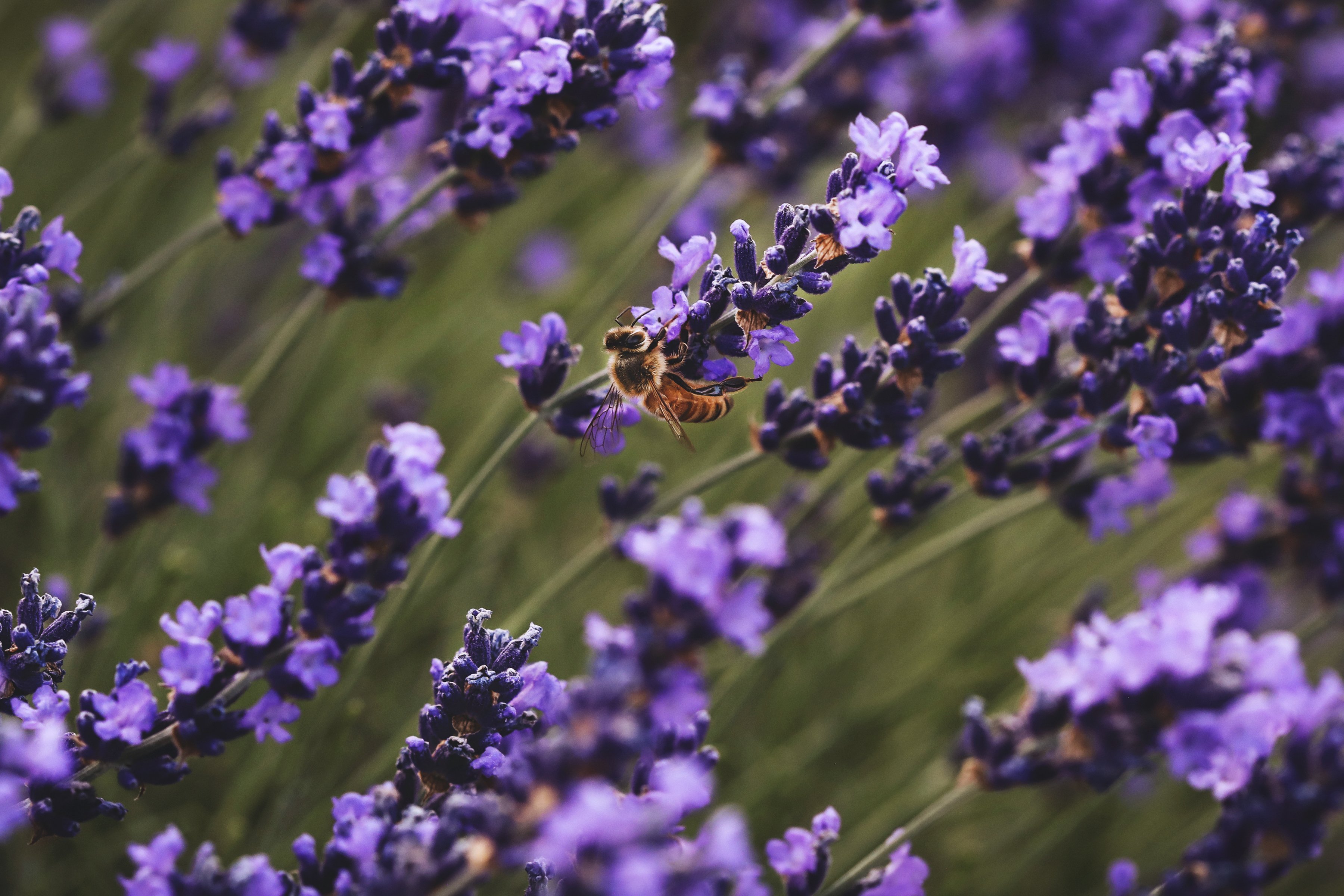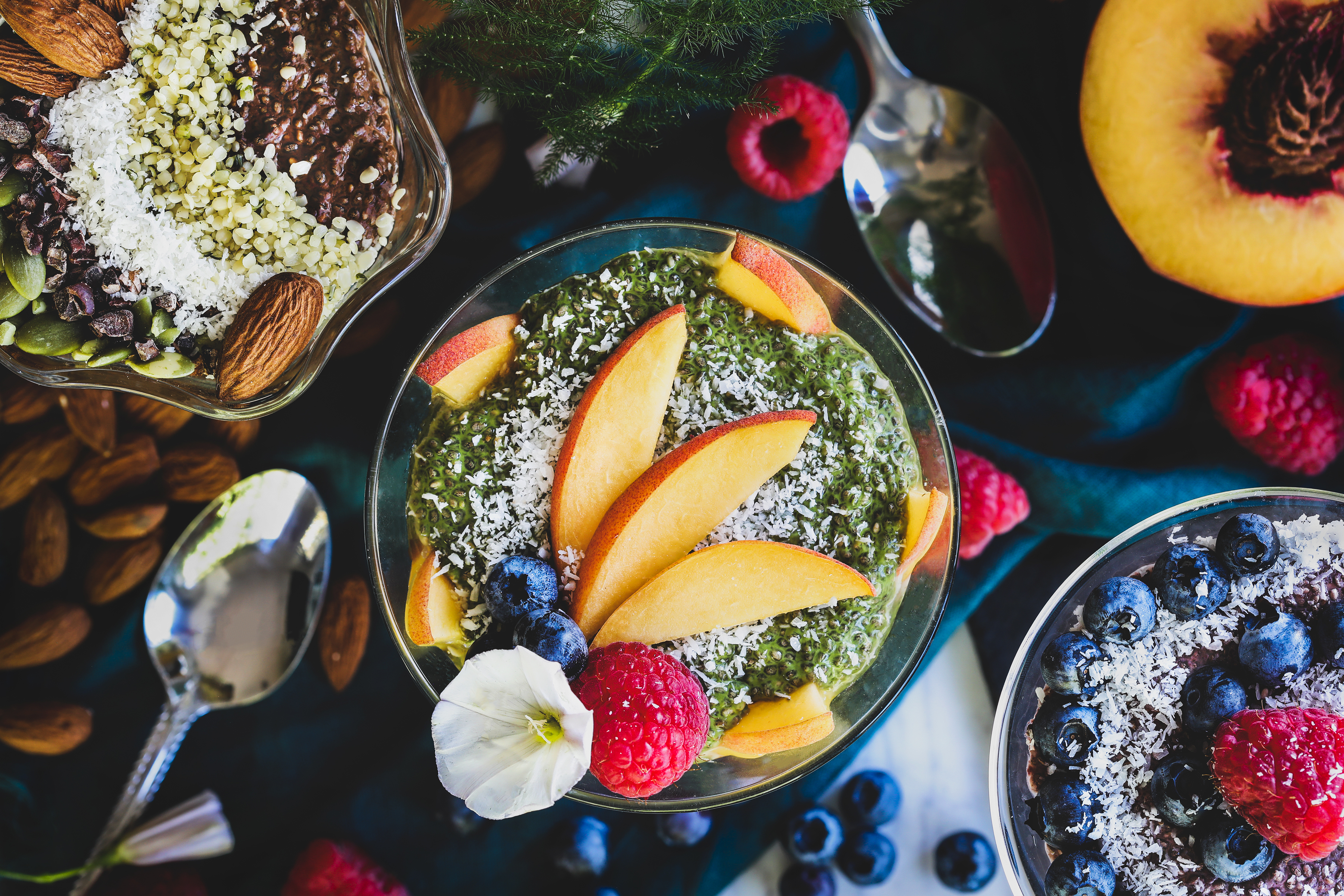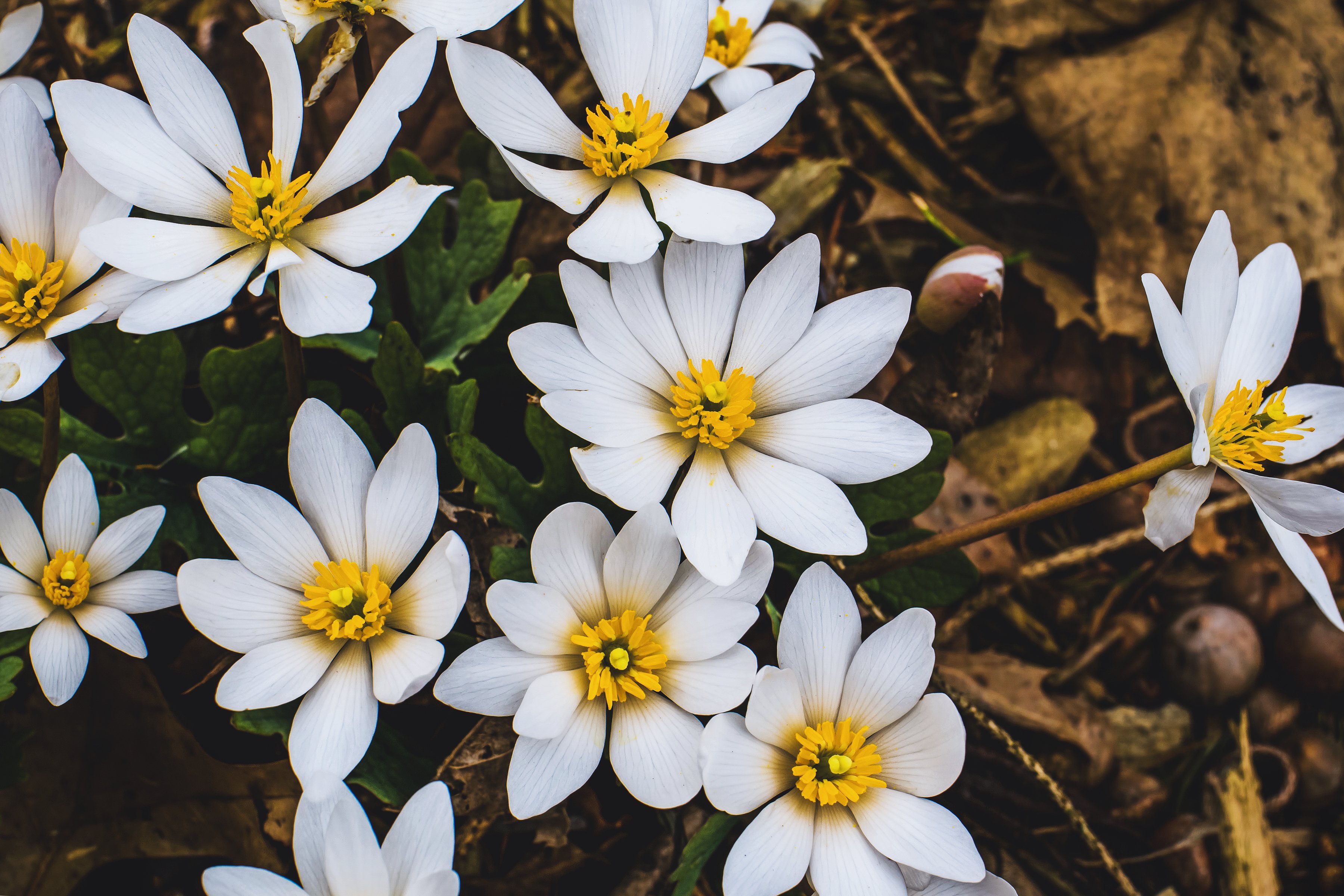Although goldenseal (Hydrastis canadensis) was used by First Nations peoples for hundreds of years before Europeans arrived in the Americas, the first written source regarding goldenseal appears in an 1801 series of essays by botanist and physician Benjamin Smith Barton titled Towards a Materia Medica in the United States. Early colonists found a well-established trade network already in place for medicinal herbs, including goldenseal. Indigenous people used it as a dye and also for a variety of health issues, including as a bitter to support digestion, as a skin and eye wash, and as a dental rinse. By the 1830s, goldenseal was also a favorite of practitioners of Eclectic medicine, and demand was increasing exponentially. That demand has never let up and today goldenseal is considered to be one of the most at-risk herbs on United Plant Savers' At-Risk Medicinal Plants List. There is, however, a potentially bright future for goldenseal thanks to innovations in cultivation.
Read MoreHeidi
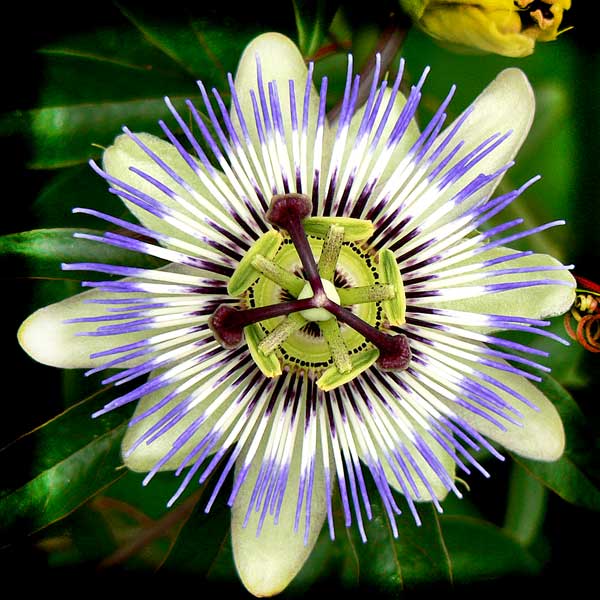
Recent Posts
This is the time of year when we start thinking about how to best support our bodies as our diets shift to heartier winter eating and those inevitable holiday meals that are just around the corner. Digestive function is a key factor in our overall health and wellness, and can be thrown off by a number of things that are part and parcel of this time of year: not just hearty cold weather meals, but also changes in our routine, less sun and exercise, the stressors (both positive and negative) of family gatherings, holiday travel, etc. This seasonal dietary and energy flux impacts our bodies in a wide variety of ways, and can particularly play havoc on our digestive system. Fortunately, when we pay attention to our own unique rhythm, we can get ahead of these factors and be prepared when our normal balance is off-kilter. There are three herbal actions that are particularly helpful: bitters, aromatics, and demulcents.
Read More
Candlelight is good anytime, but during the winter holidays, it’s part of human traditions that date back thousands of years. This year, as the cost of everything, including candles, has skyrocketed, it makes more sense than ever to make our own. I’ve made candles for fun over the years, including holiday candles, but I’m definitely not a candle-making artisan. Fortunately, we don’t have to be experts to produce simple, lovely poured candles. Making our own gives us the freedom to customize the scent with pure essential oils. Candle making is also a wonderful activity with kids, so the winter school holidays are a great time to pull out the wicks, wax, and your favorite upcycled jars. Developing some old-fashioned skills like this one means inflation doesn’t have to put a damper on what you love most this time of year: traditions and family.
Read More
Festive holiday gatherings can be tricky when you have family members and friends with dietary restrictions. In my circle of favorite people, one person is a vegetarian and is also lactose intolerant, several of us don’t eat gluten, another person is allergic to almonds and hazelnuts, a couple people are trying to lose weight, and another is in serious training for a national martial arts championship and is on a weight gain and muscle building plan. It’s hard to come up with foods that please us all! We’ve found that an appetizers and cocktails/mocktails party is sometimes the way to go! It’s easier to create small bites that people can choose from rather than a single sit-down meal that requires different options for everyone. Great appetizers are where these remarkably healthy and delicious seed crackers come in. They check everyone’s boxes and also make a fantastic vehicle for a healthful, festive herbal dip that you can customize to your palate.
Read More
In the United States, ‘cordial' and ‘liqueur’ are two words for the same thing; they are sweetened distilled spirits. Although many people know them as cocktail ingredients, cordials can also be potent digestifs. This digestive-aid version of cordials is generally more bitter and less sweet than its cocktail-focused brethren and is loaded with herbs, spices, and other natural flavorings that support the digestive tract. A cordial-digestif can be as simple and delicious as a 3-seed herbal cordial for digestion, or you can make them more complex with layers of herbal flavors and aromas to delight the nose and the palate. Either way, they are ridiculously easy to make. This festive midwinter version with its blend of aromatics and bitters is the perfect finish to a holiday meal, when you have a moment to sit down and enjoy the company of your favorite people.
Read More
Recently, I was barred from calling my grandbaby any endearment that includes the word “baby.” Apparently, we are in “big kid” territory now. The term “big kid” doesn’t really lend itself to sweet endearments, but that aside, the no-longer-baby has had one consistent love since the moment those little hands and big brain were coordinated enough to squish clay—this kid loves playdough. However, Nana (me) is not fond of the typical store-bought versions, which can include chemical preservatives, binders, lubricants, surfactants, hardeners, anti-fungal additives, and artificial fragrances and colors. My favorite little dough-lover spends hours each week rolling, shaping, stamping, and building. I don’t want her hands in chemicals, preservatives, and additives day in and day out. In her world, a day without playdough is a terrible, horrible, no good, very bad day, which means I had to figure out how to make an excellent, naturally colored playdough that is easy to whip up when the need arises.
Read More
As you no doubt know, the Mountain Rose Herb team loves a good cup of tea. Our in-house artisan tea experts blend our teas with health and well-being in mind using superior botanicals to create nourishing, delicious teas with rich, organic flavors and nuanced tasting notes. But the quality of a tea is best showcased when it is brewed correctly. If you appreciate a fantastic cup of tea, here are some pointers on how to create your dream cuppa’.
Read More
We’re getting to the time of year when some species of bees, wasps, and hornets get more aggressive, so we’re more likely to get stung. In late summer and fall, these stinging insects start to prepare for winter at the same time that their natural food sources are depleted. They’re hungry and their instinct to protect their hive and, particularly, their queen becomes more intense. I sometimes get “hangry” too, so at some level I get it, but being on the receiving end of a yellow jacket’s misplaced fury is a big drag. Fortunately—so long as you are not allergic to bees and wasps—there are a number of very effective natural and herbal remedies if you’ve been stung.
Read More
Chia pudding is one of those foods that people often have very clear feelings about. They are either fully “Team Chia!” or are squicked out by the texture. The texture of chia pudding is all about proportions—a tiny change can make or break it. When you dial it in correctly, chia seed pudding gives you a delicious, high-fiber snack or topping that is beneficial for your gut, rich in Omega-3s, and provides protein and a number of essential minerals and antioxidants. Chia pudding is also a perfect vehicle for herbal powders which means you can easily customize the flavors and add herbal support!
Read More
Longtime friends of Mountain Rose Herbs know we thrive on creating unique experiences. In 2021, it was no surprise to the people who know us best when we announced we were developing a first-of-its-kind essential oil marketplace. The Mountain Rose Aroma Bar is intended to engage the senses through high-quality, ethically sourced essential oils and personal aromatherapy products. So, we mindfully designed the Aroma Bar to provide shoppers with a sumptuous setting in which to experience some of the world’s most captivating pure essential oils. We are incredibly honored to announce that the branding and design of the Aroma Bar has just been awarded a Gold Stevie® Award and selected as the Marketing Campaign of the Year in the retail category of The 2022 American Business Awards®!
Read More
Bloodroot (Sanguinaria canadensis) is one of those herbal allies that has been with North Americans for as long as anyone can remember. For thousands of years, First Nations Peoples used different parts of the plant for a wide variety of issues ranging from skin problems to respiratory and gastrointestinal complaints, and also used it to make dyes. European immigrants, eclectic medicine practitioners, and others learned from the local indigenous peoples and by the early 19th century, bloodroot was officially listed in the United States Pharmacopeia. Today, literally tons of bloodroot are wildharvested every year. Let’s talk about the challenges this herbal ally is facing and how we can support its bountiful future.
Read More

